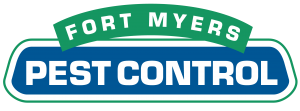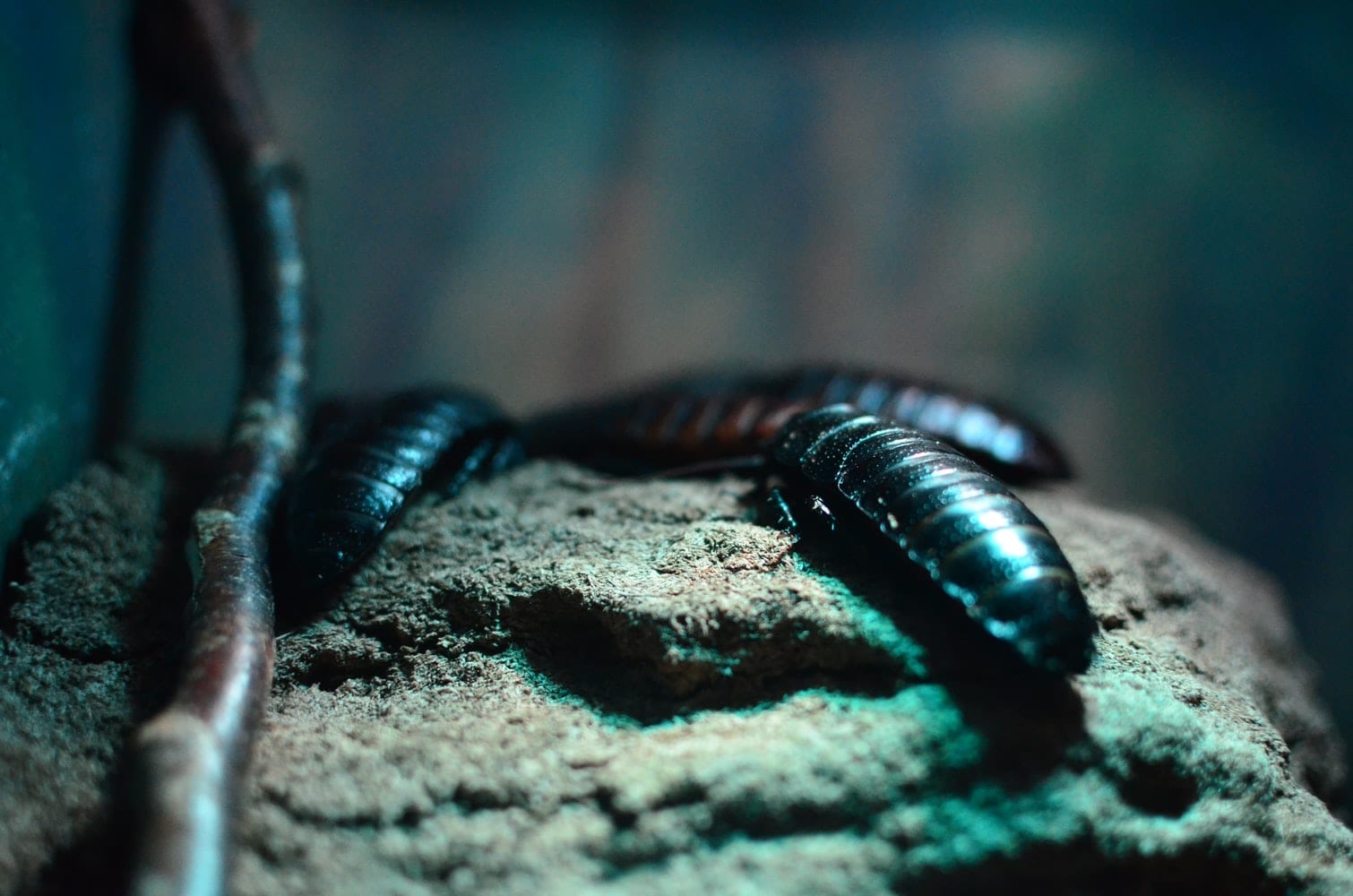Turfgrass diseases like fungus are often overlooked because the biological organisms (plant pathogens) causing the problems are rarely observed and commonly mistaken for other injuries or disorders. Use of proper cultural practices (i.e., water, mowing, and fertility) will reduce the risk of grasses becoming diseased or severely damaged by turfgrass pathogens.
Fungicides are pesticides used to manage fungal diseases. Fungicides are effective because they can: 1) suppress or slow down fungal growth; or 2) prevent the fungus from reproducing. Most fungicides are active against a limited group of fungi. This is why it is important to know what disease you need to control.
Fungicides do not promote the growth of the turfgrass. The only way healthy turfgrass reappears is when new growth occurs. For example, a leaf spot will remain on the leaf even after a fungicide is applied. This diseased leaf area will remain until it is removed by mowing and a new leaf replaces it, or until the leaf dies and begins to decompose. Since many turfgrass diseases occur when the grass is not actively growing, complete recovery may be very slow. It may seem like the turfgrass is not responding to the fungicide application, when in fact the fungicide has been effective against the fungal target. It is simply that the turfgrass has not grown enough to replace the diseased tissue.
It is acceptable to use fungicides on a preventive basis (prior to disease development) as long as it is understood which diseases/pathogens are likely to occur in a particular location at any given time of the year. For example, it is not necessary to apply a fungicide to protect against Pythium blight on St. Augustinegrass because this is an extremely rare disease. Also, a fungicide to prevent take-all root rot is unwarranted when this disease has never been observed on that particular lawn.
Fungicides should only be used when absolutely necessary. A lawn disease in one location does not mean it will occur on adjacent landscapes/properties/lawns, as management techniques or turfgrass cultivar may be different. The primary factor for turfgrass disease development in Florida is the environment—not just the overall environment, but also the microenvironment created by building placement in the landscape or by management practices. In fact, each side of a building may have its own microenvironment influenced by factors such as trees, other buildings, bodies of water, and soil type.
Other maintenance practices must be considered relative to fungicide applications. Unless the clippings are returned to the turfgrass, mowing should be postponed for at least 24 hours (preferably longer). The fungicide is probably on the leaf. If the clippings are collected when the yard is mowed, the fungicide is also collected. Unless the product is supposed to be irrigated into the soil, irrigation should also be postponed for at least 24 hours after a fungicide application. Ideally, the turf area should be mowed and irrigated prior to a fungicide application to allow a maximum time interval between fungicide application and the next turfgrass maintenance operation.
If you do have or suspect you have a fungus in your lawn, please call us here at Fort Myers Pest Control to have it inspected and treated. 239-543-3100
———————————————————————————————————————————————————————————————————————————
Reference: U.S. Department of Agriculture, UF/IFAS Extension Service, University of Florida, IFAS, Florida A & M University Cooperative Extension Program, and Boards of County Commissioners Cooperating. Nick T. Place, dean for UF/IFAS Extension.



